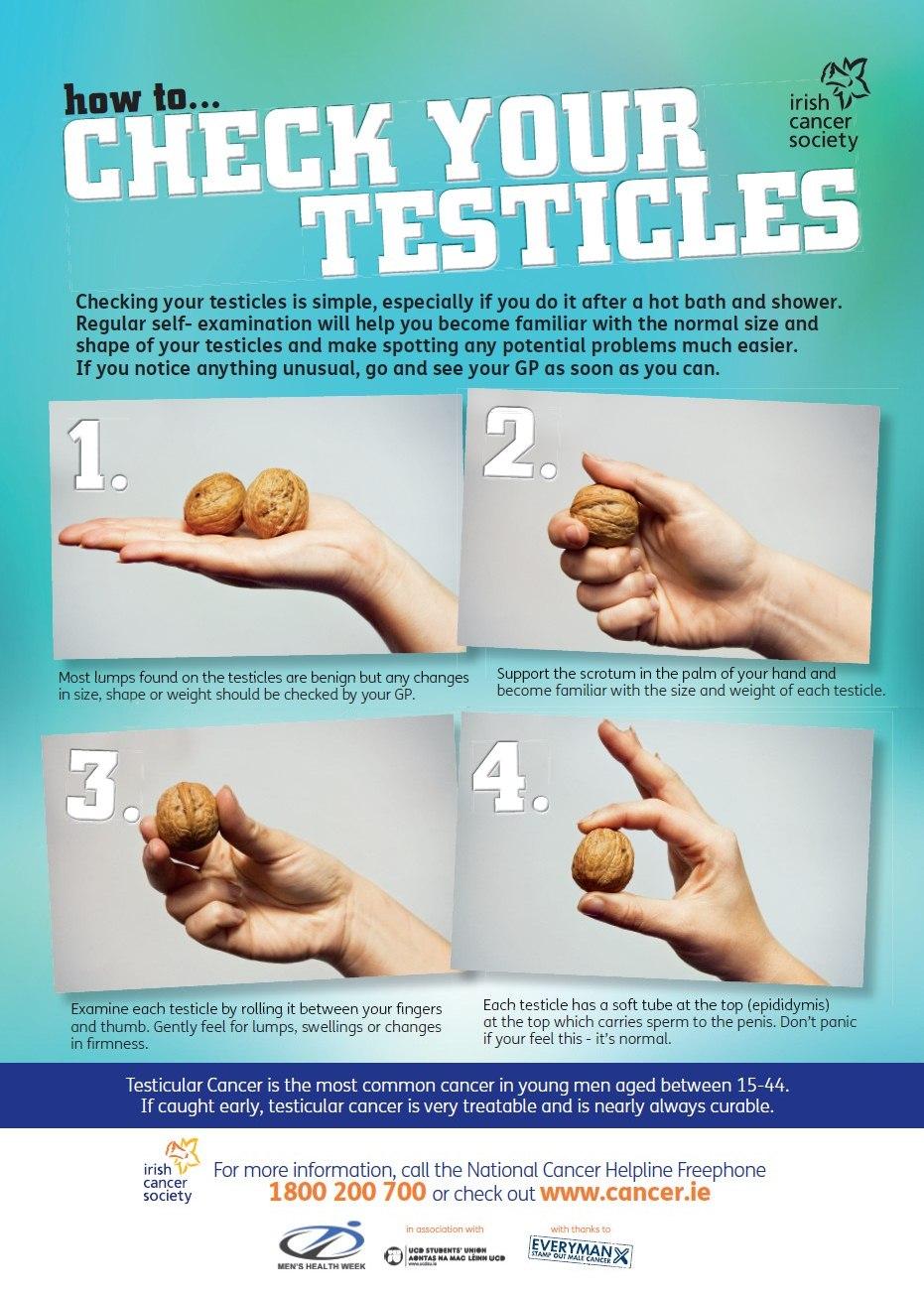LEG pain is common and in most cases, it’s usually harmless.
But for some people – it could be a warning sign of a common cancer.

Experts have warned that when a tumour spreads – it could cause an issue in the legs
Every year in the UK there are around 2,400 new cases of testicular cancer and it’s the 17th most common form of the illness.
While the NHS says it’s a ‘relatively rare cancer’, it’s most common in young men – affecting those between the ages of 15 and 49.
Medics say that around one in 250 males will develop the disease at some point in their lifetime, with the rate of illness increasing.
The main symptoms are a painless, swelling lump in one of the testicles or any change in shape or texture.
The NHS says that most lumps or swellings are not a sign of cancer – but should never be ignore.
While you might think the tell-tale signs would be seen down below, experts say you could also experience blood clots in your legs.
Oncologist Dr Timothy Gilligan explained: “When a tumour spreads to the lymph node, it can constrict blood flow in the veins and result in a blood clot.
“The clots often occur in the legs, which causes them to swell.
“You might even experience blood clot symptoms such as pain and difficulty breathing.”
Not all testicular lumps are cancerous, while only four per cent of scrotal lumps are, but you should still always get your GP to take a look.
Here are the other key signs to look out for:
- A lump or swelling in the testicle
- A heavy scrotum
- A dull ache or sharp pain in the testicles and scrotum
- A feeling of heaviness in the scrotum
- A difference in the texture or increase in firmness of the testicle
- A difference between one testicle and the other
If you, a friend or family member have been diagnosed with testicular cancer – you will be pleased to know it’s one of the most treatable types in the UK.
In the UK, 99 per cent of men survive for a year or more after being diagnosed, while 98 per cent survive for five or more years.
Almost all men treated for the most common form, germ cell cancer, survive.
Treatment tends to involve the surgical removal of the affected testicle, but this can be replaced with a prosthetic one.
If both testicles are removed, you will be left infertile – but some men can bank their sperm before this happens.
After surgery chemotherapy and/or radiotherapy is used to treat testicular cancer if further treatment is required.
CHECK IT OUT
First it’s important to know what feels normal.
It’s a good idea to have a hot shower before checking them, then gently roll your testicle between your thumb and finger.
Then repeat for the other testicle.
Repeat this every week so you get a feel for their shape and size.

The chart above is a step-by-step guide on the best way to check your testicles






